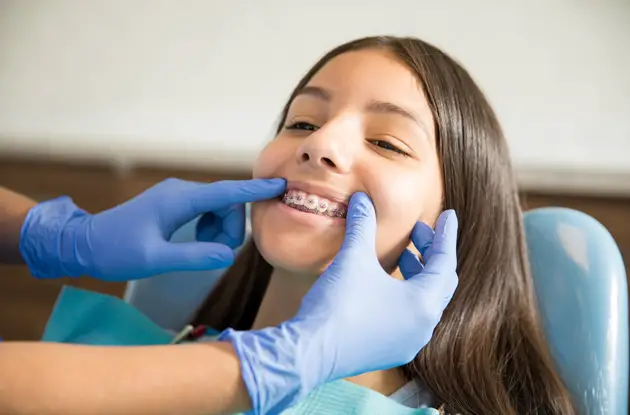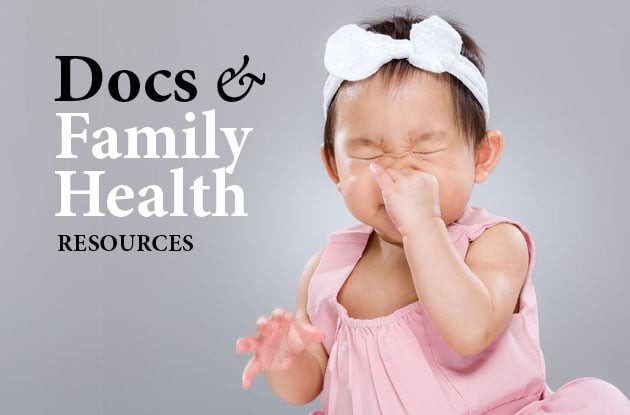
Orthodontia Basics Every Parent Should Know
What you need to know about the various orthodontic treatments—and when it’s time to see an orthodontist.

What you need to know about the various orthodontic treatments—and when it’s time to see an orthodontist.




Saint James, NY The Knox School is Long Island’s oldest established private school. An inclusive environment provides students with a broad world perspective and a wi...

Park Ridge, NJ Our practice offers comprehensive care from infancy to young adulthood.

Mount Sinai, NY Kids Country Day Camp is a sports, adventure, and recreational day camp for children 3 - 12 years of age. We are located on 10 beautiful acres in the ...

East Hampton, New York This summer, Hampton Racquet is partnering with Premier Tennis to bring you elevated youth tennis camps. Designed for ages 4+, our camps provide a fou...